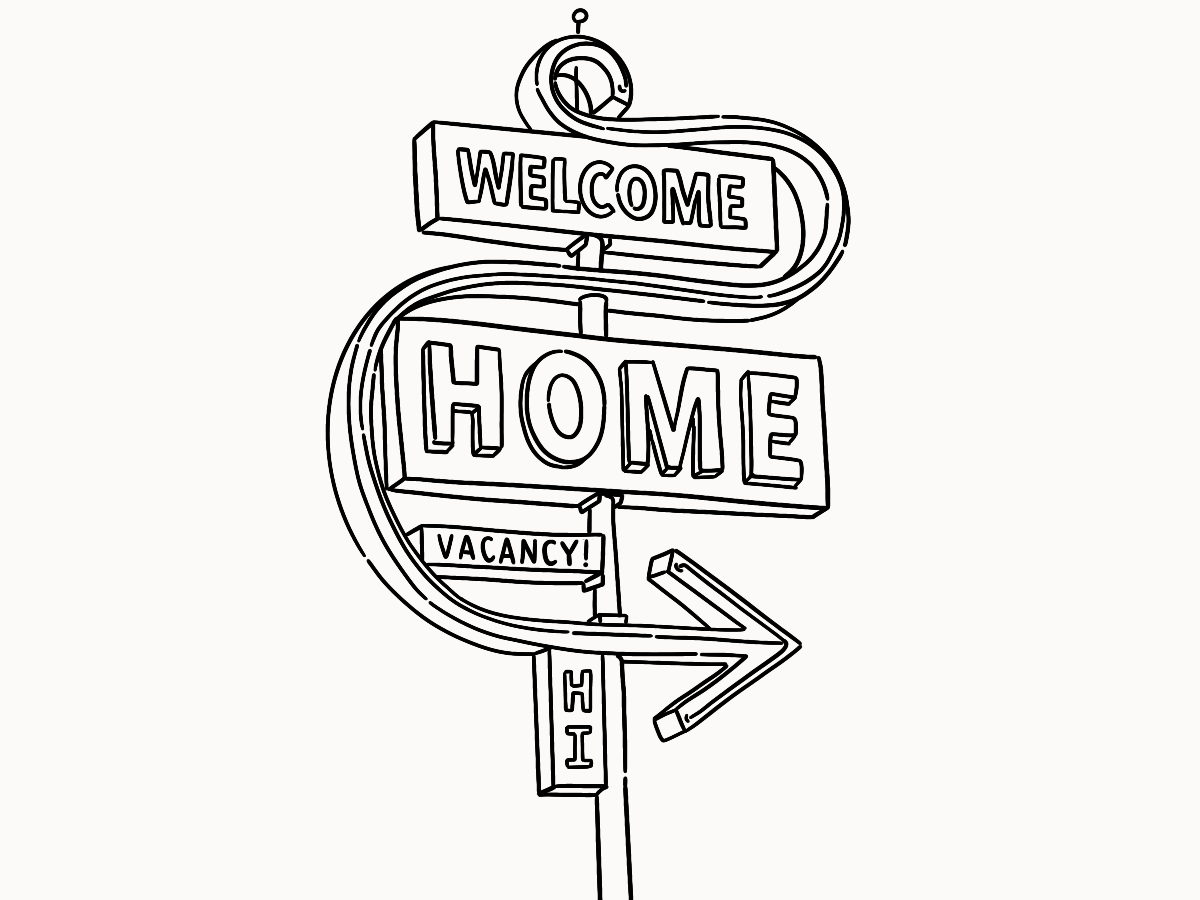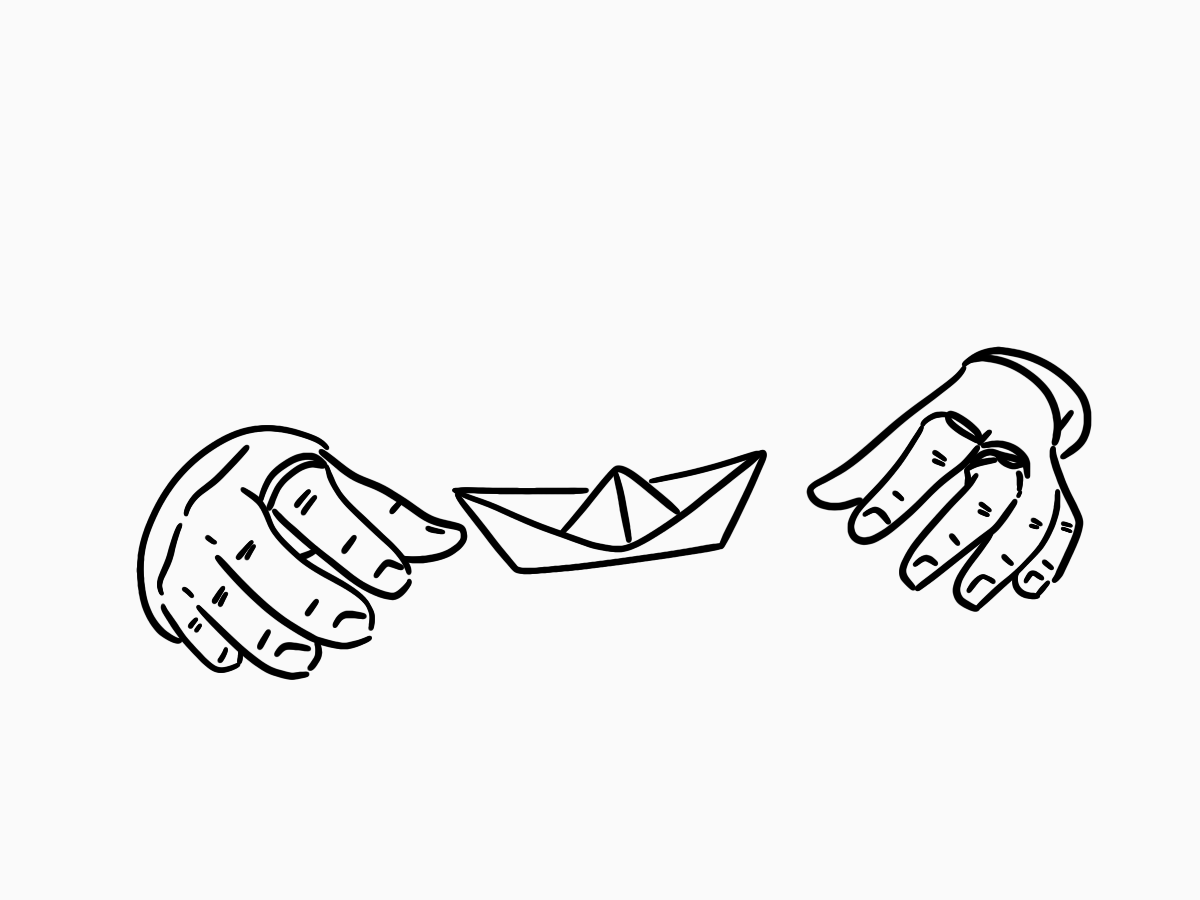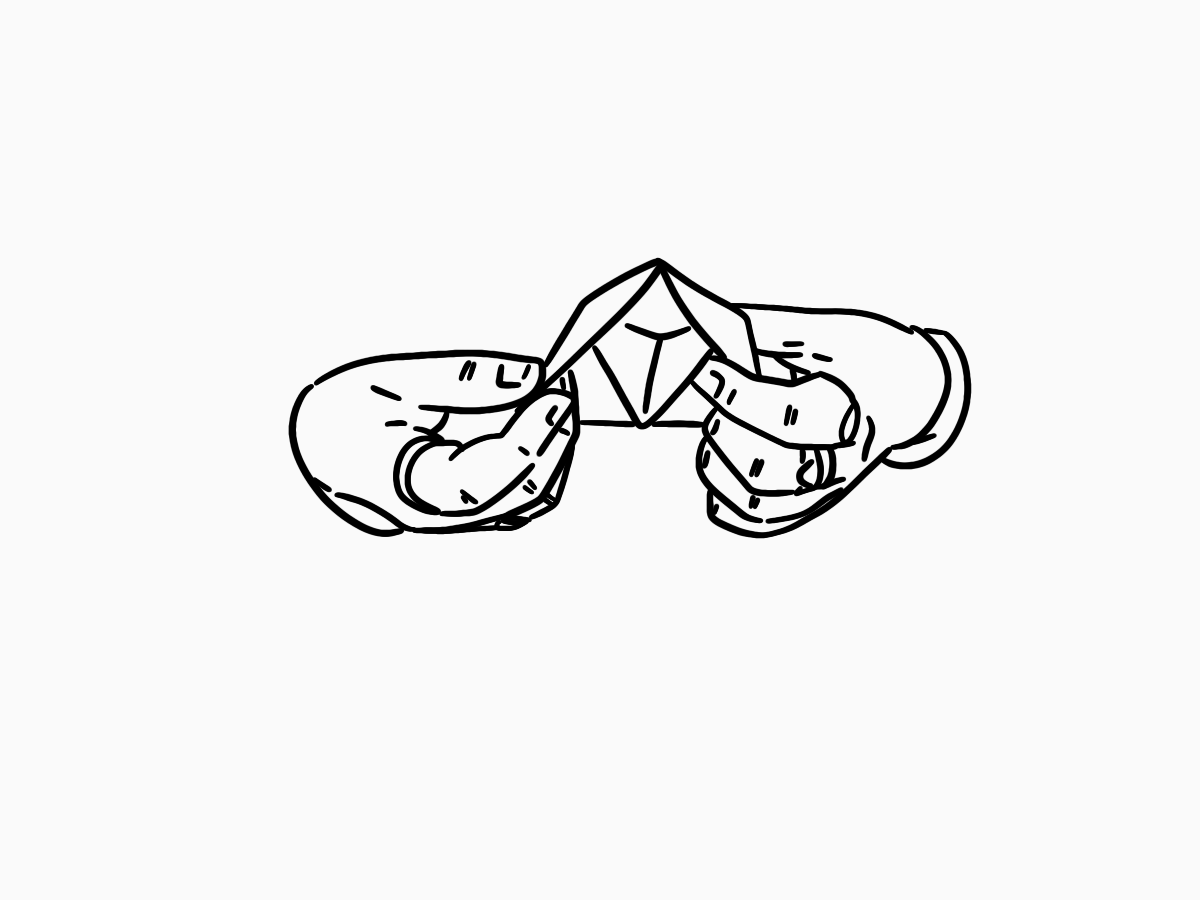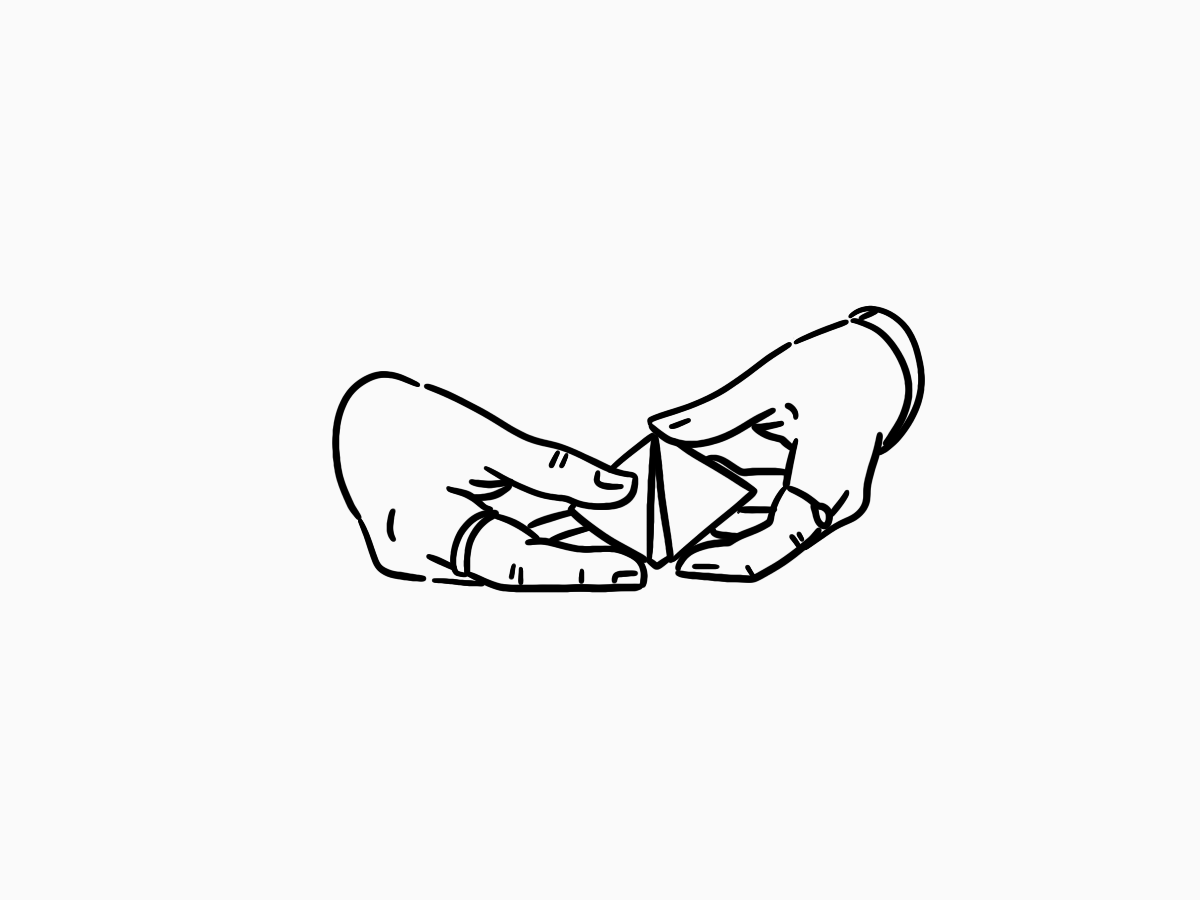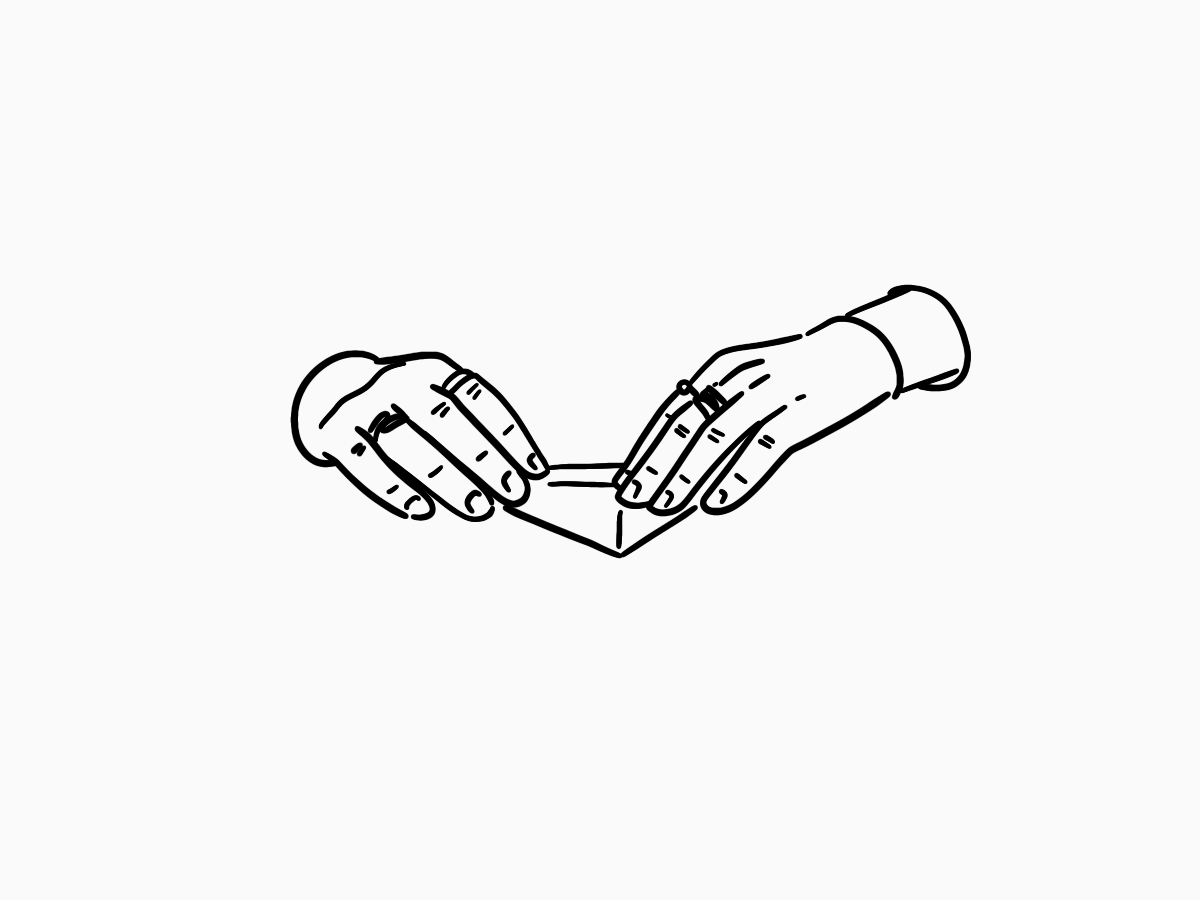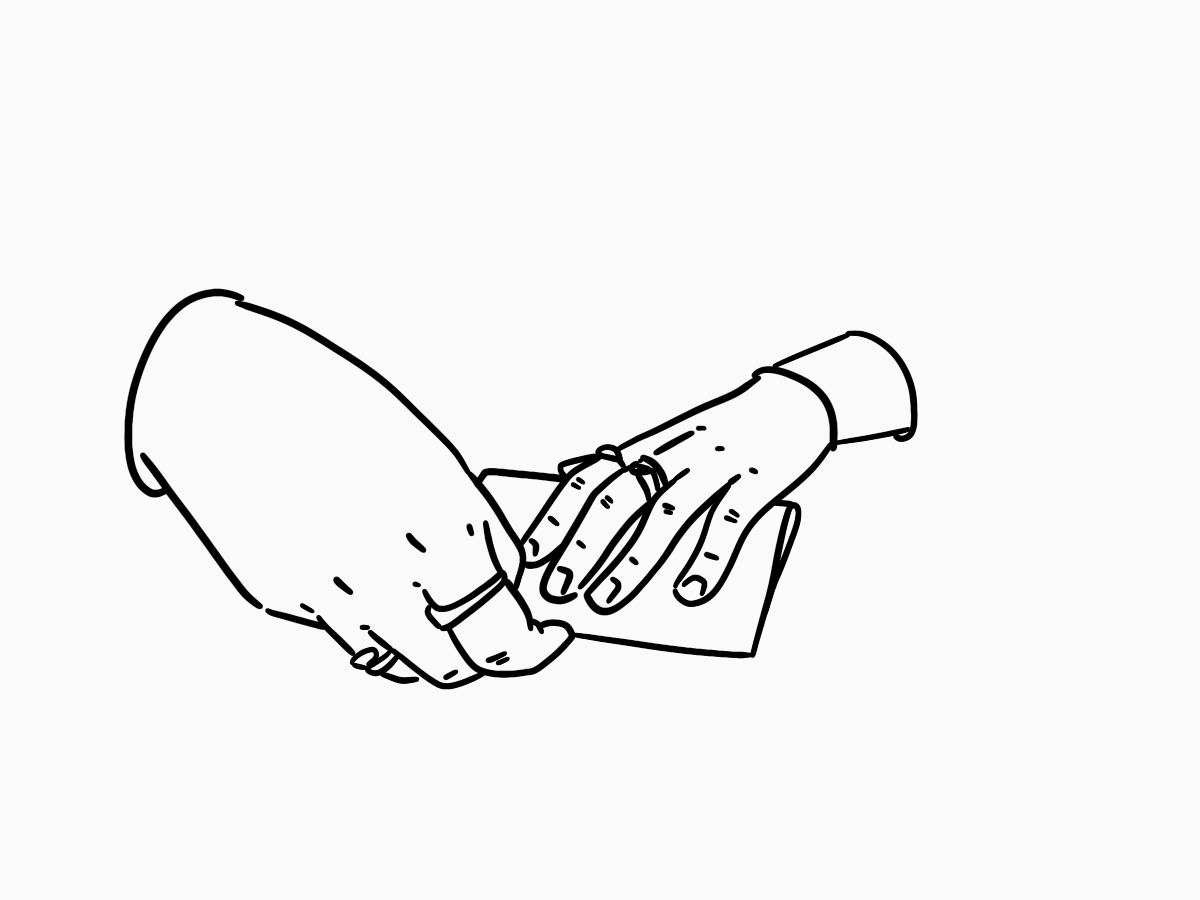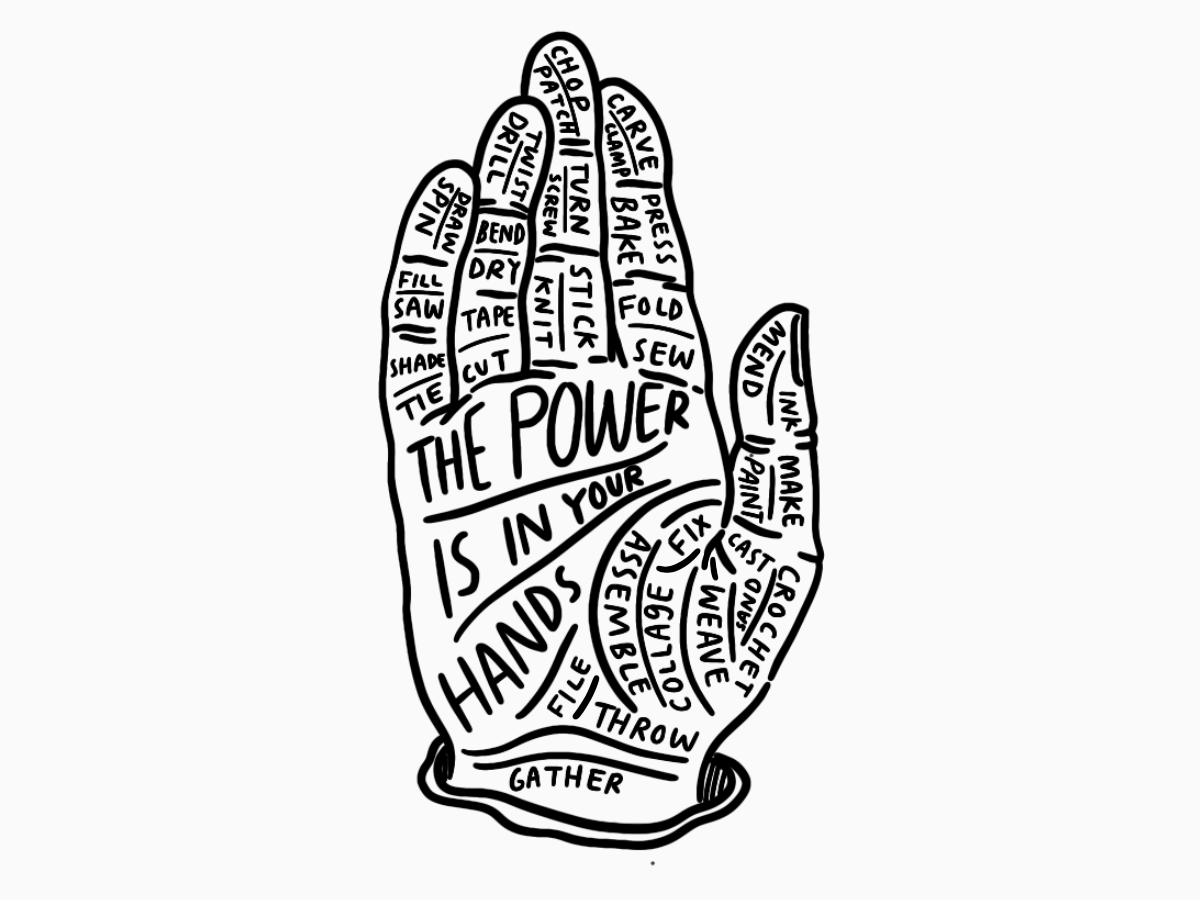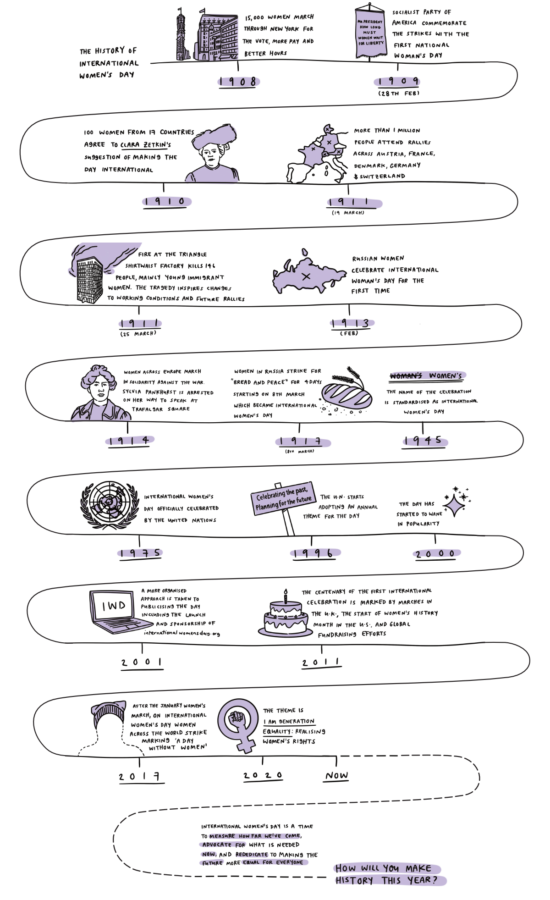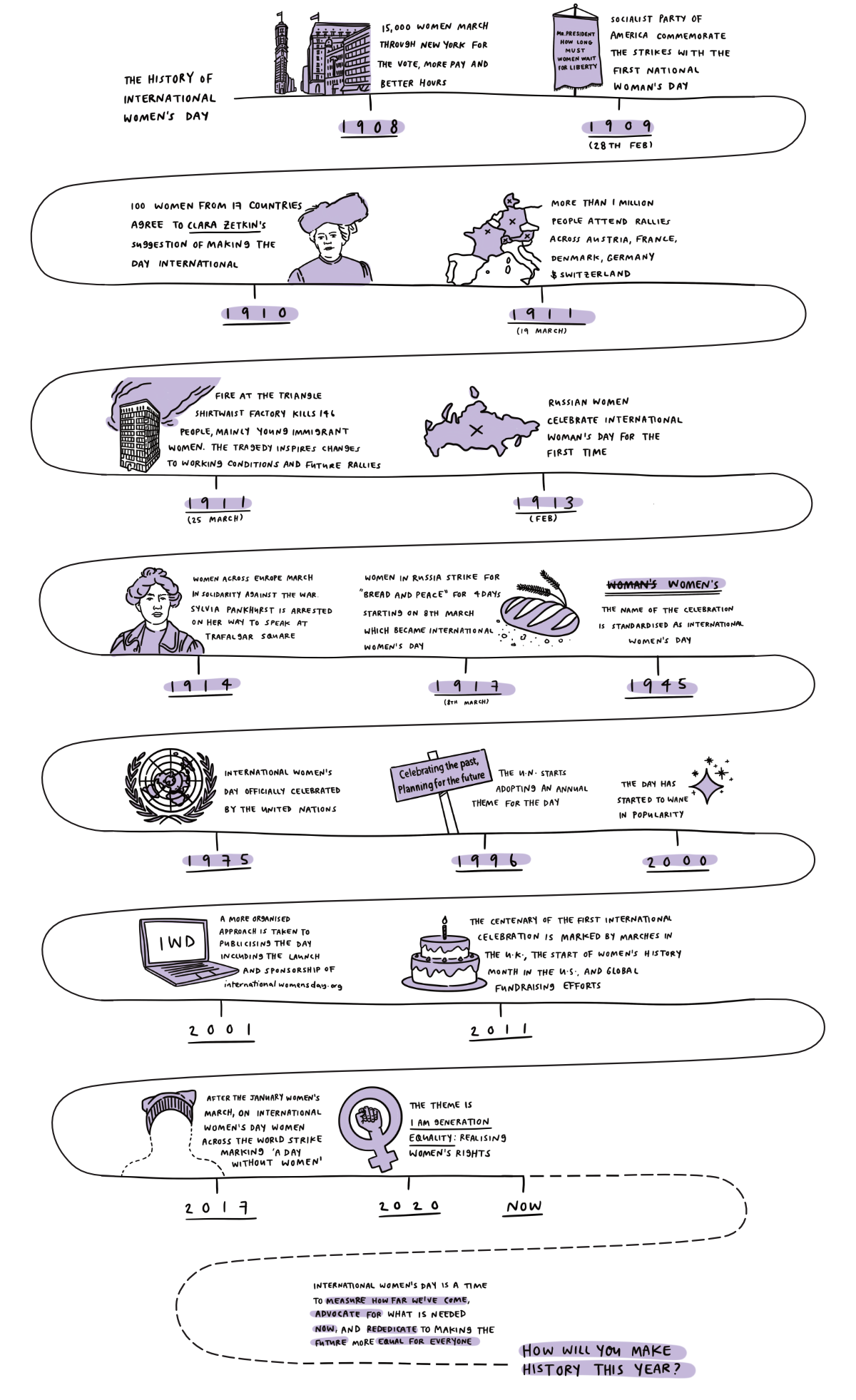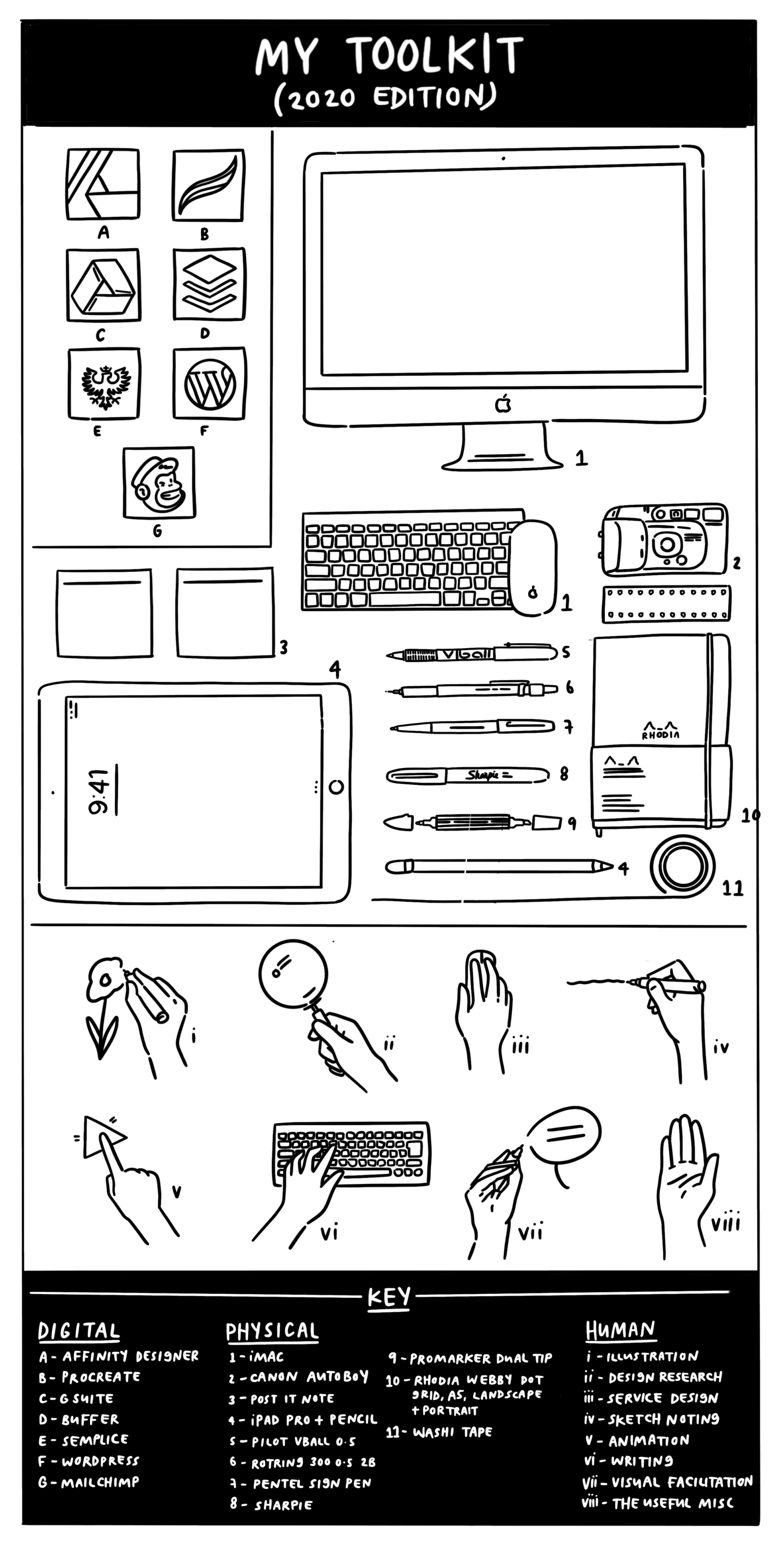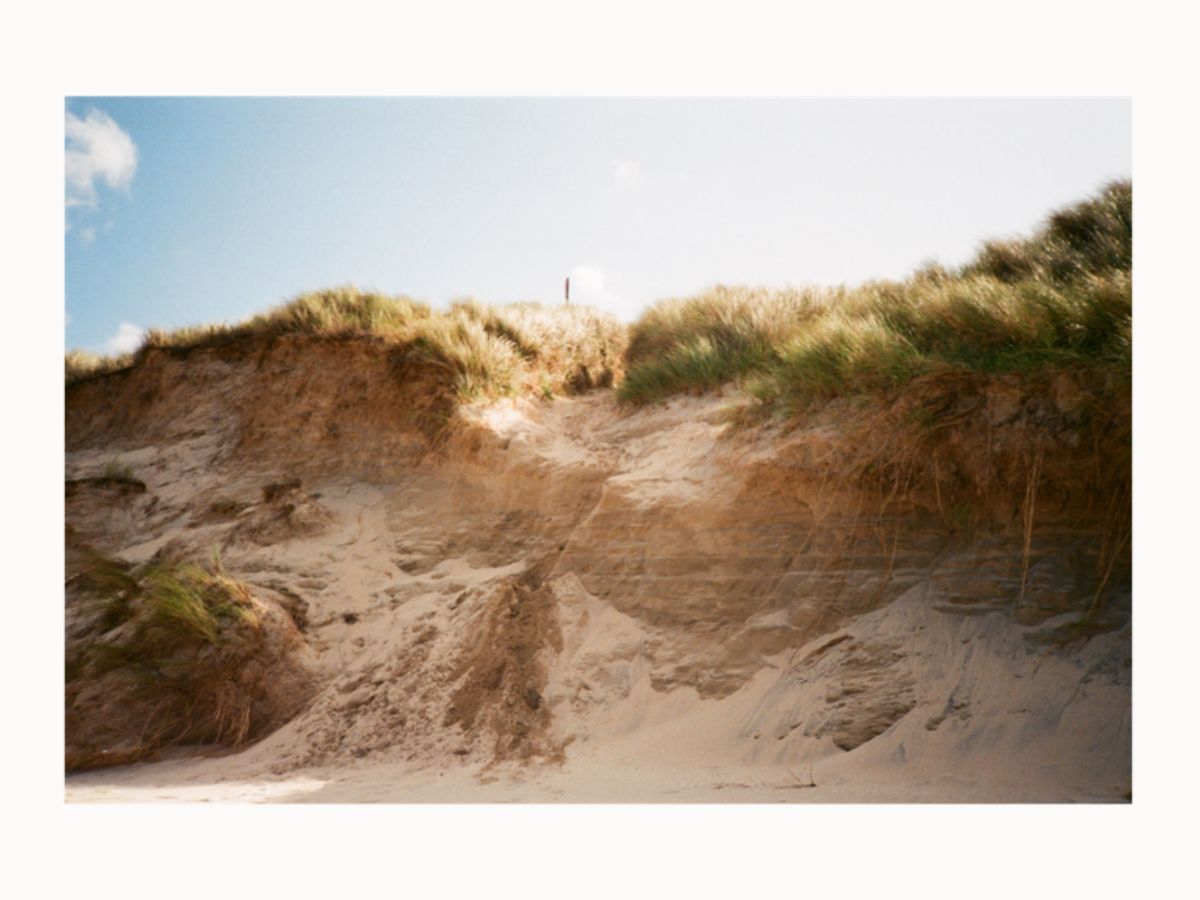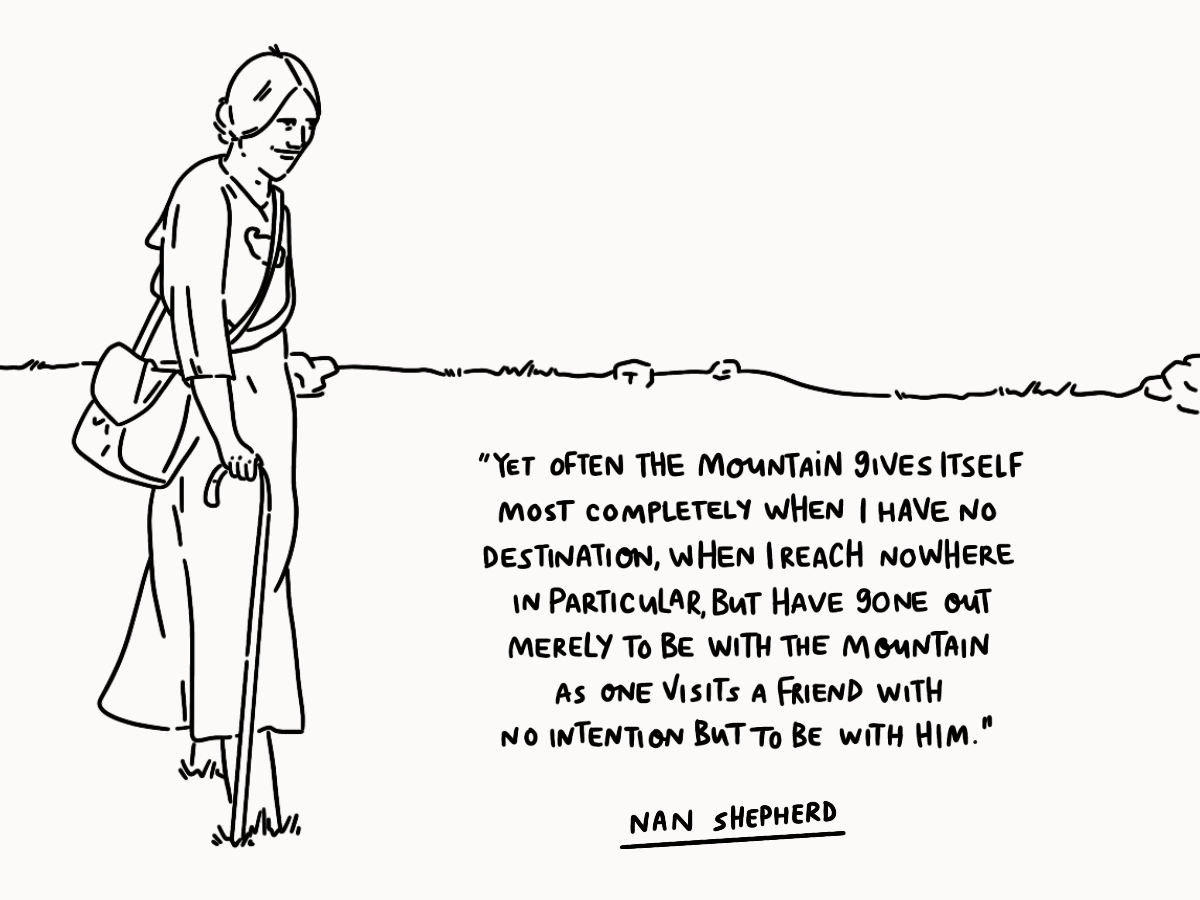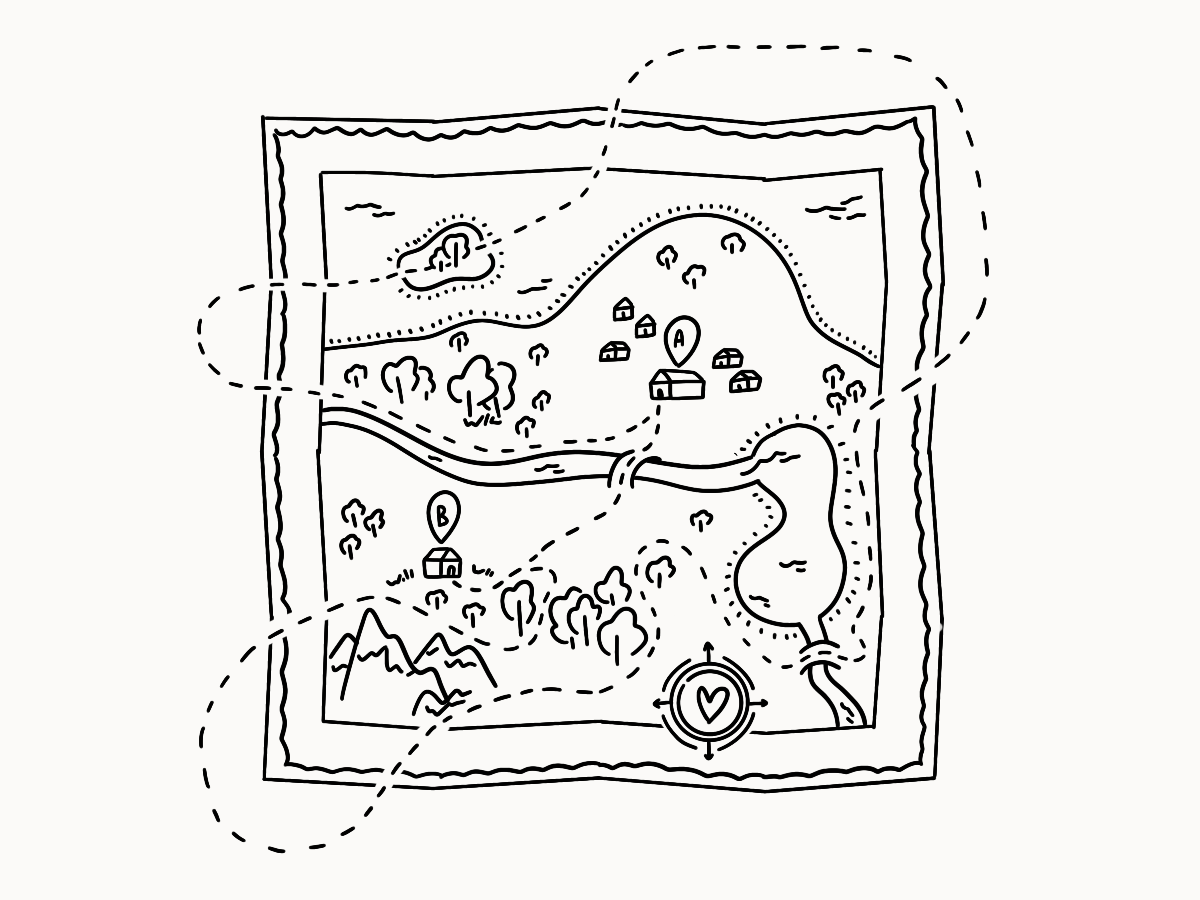While we’re all spending much more time inside, it feels like the right time to write a little something reflecting on my time living and working in a house share as a tiny hermit.
Just before social distancing came into full force, I moved house. I waved goodbye to my home of three and a half years, all of my housemates and 3 inches of each of the legs of my favourite chair. I packed up more belongings than I knew I had. Then I made the long long journey to my new home – or rather I walked 13 roads over.
The one thing people are always shocked by is that I shared my old house with at least 6 other people at any one time. They question how we all fit (very easily) and how I coped as an introvert (not so easily). But the more I think about my time there, those people shaped the space I lived in as much as any of the walls did.
Over those three and a half years, I’ve lived with James, Adeline, Nick, Sarah, Ariella, Ed, Sam, Emma, Rineke, Ben, (another) James, Liz, Dana, Lucy, Luc, Joe, Greg, and Pete.
I’ve listed their names here so I don’t forget them, and so I don’t forget they were real people with their own lives outside of my experience of them as part of the fabric of the house we shared. It’s easy to pull out quips and anecdotes that capture moments where we happened to exist in the same space and tell them as if those glimpses are indicative of who they were, not just who I knew. For that reason, and their privacy, I won’t be telling any tales of kitchen hijinks here today, although I know they’ll probably be stories I share in pubs for years to come. I will say that those 3 years included more nudity, fires, cameras and paddling pool incidents than I could have ever expected.
Instead, this is how living in that house, as made by its walls, inhabitants and location, shaped me.
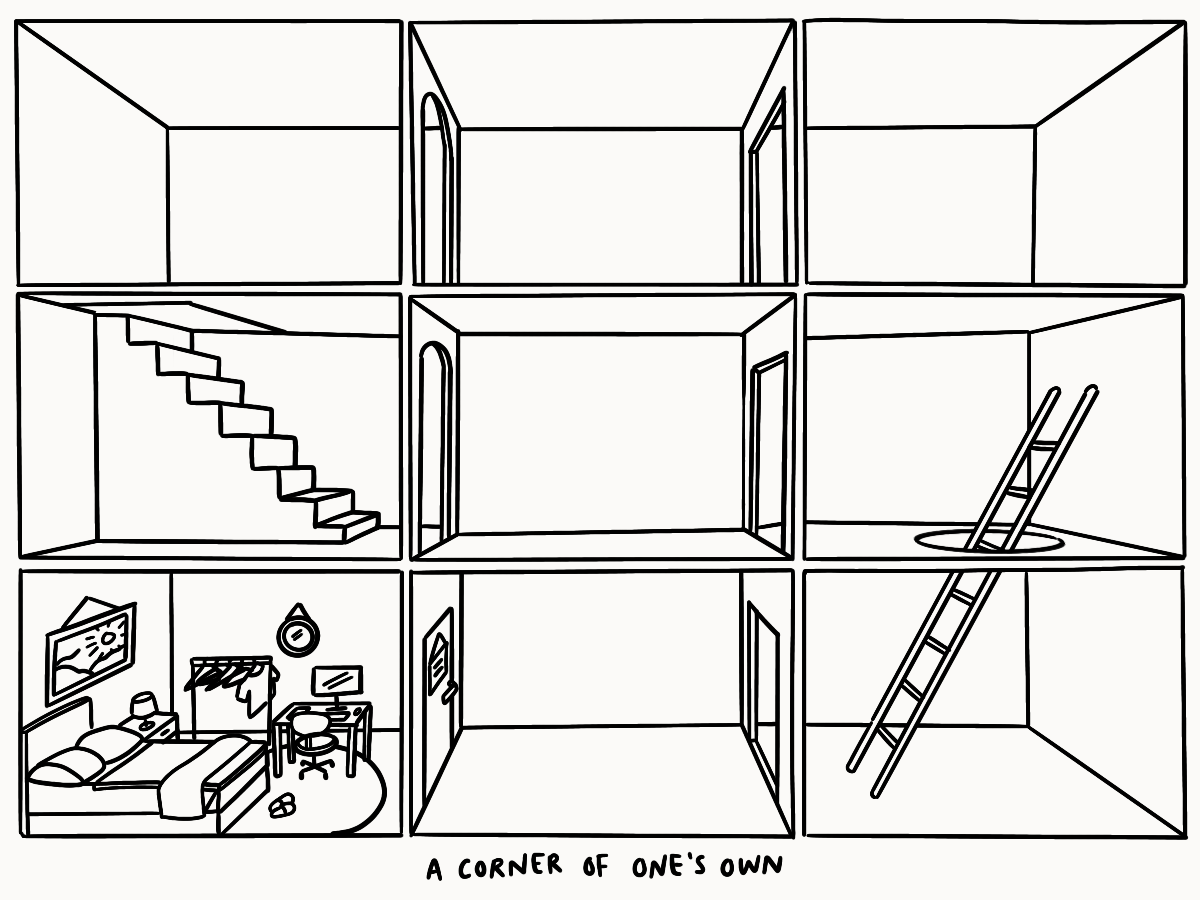
There will always be a James in the living room
I think one of the first things I learned is that no shared space is equally shared. In my house that meant that there was always someone called James who was most comfortable in the living room and made it their own. At the beginning this frustrated me, why couldn’t I just be that comfortable in there too? Why couldn’t I just stretch out across the sofa and turn on the TV? Then I realised I could have. There will always be a James in the living room, but that doesn’t mean that you can’t take up space of your own. They were able to expand to fill the space, because they decided they belonged there. I don’t think I ever wanted to belong there, so I didn’t. Now, I’m in a different space, I’m choosing to enter every room as if it were my own. While my boyfriend and I definitely inhabit the spaces differently, and have spaces that we are more comfortable in than others, we’re both the James in the living room now.
Doors shouldn’t be transparent
In Maslow’s hierarchy of needs, safety is right near the bottom. It’s what you need once you’ve got the basics of shelter and food in place. That was something I struggled to establish at times in the house. I didn’t feel safe in the shared spaces, because they weren’t mine and I felt like I had to hide somewhat. I found refuge in my room, but I had a patio door that led onto the garden. At times that door was a joy. It gave me some much needed vitamin D and let me watch the chonky cat who stalked around our road. But it also meant that if there were people in the garden, my one safe space didn’t feel quite so safe from prying eyes. I think everyone needs a room (of one’s own) where they can shut the door and just be, no matter how comfortable they are with the other people in their home. That always takes me back to when we first got my dog
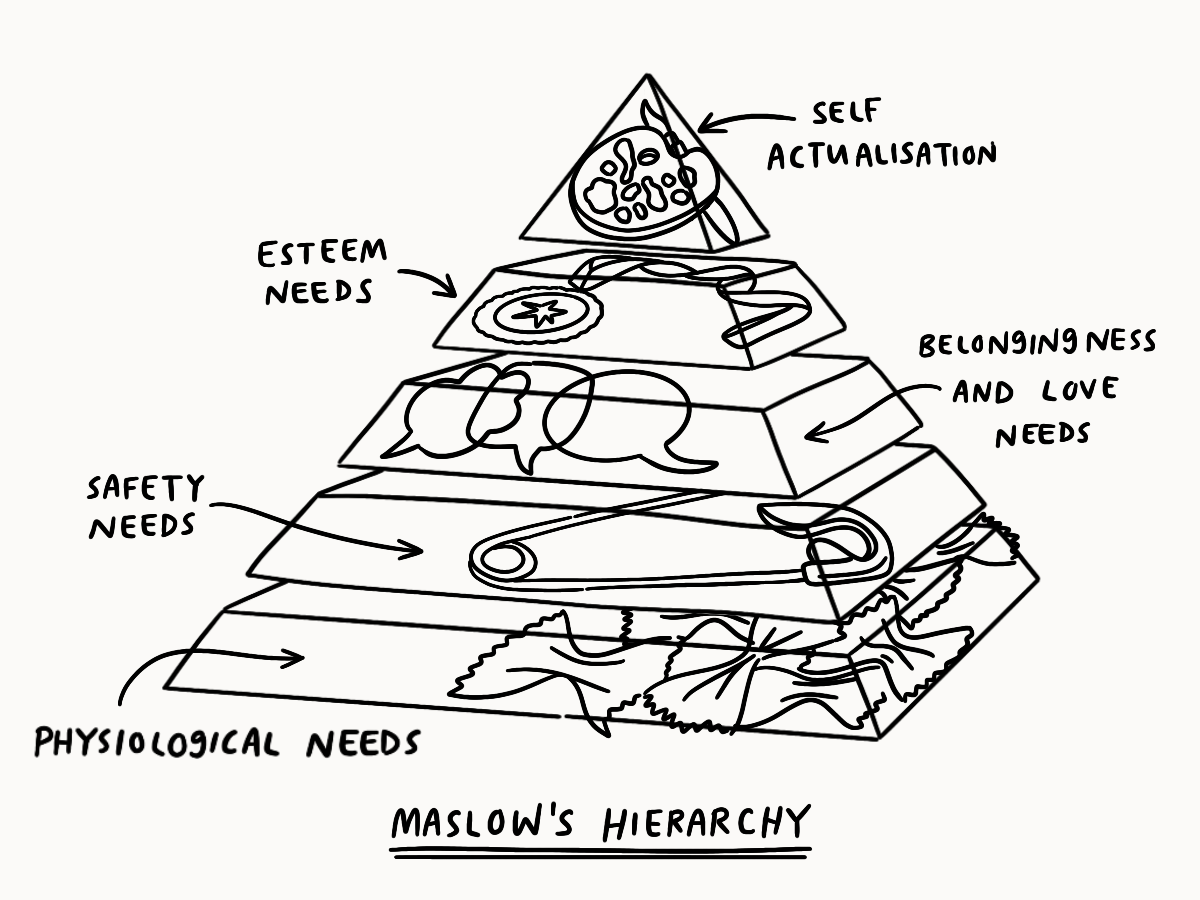
A little fire is good for you
I am largely risk averse. I don’t like danger. I have a lot of OCDs around household safety. So, the fact that I lived and survived in a house that had more than one small fire is no mean feat. Essentially, they created the best test bed of exposure therapy I could have asked for. While I don’t wish fires, burglaries or floods on anyone, knowing you can survive those things and seeing how you cope in the moment is terrifying and empowering.
Don’t listen through the wall
My room backed onto the kitchen, so I heard a lot through the wall. They were thin walls. While I’m almost always in headphones (for that reason), I did hear things I didn’t want to and shouldn’t have. Sure there were gross things. But I also heard other people talking about me AKA everyone’s continuing teenage nightmare. Not everything they said was nice and that was hard. At first, I internalised everything. Then I pretended not to hear, and secretly listened in torturing myself. Then I realised that I didn’t need to listen and what’s more than that I shouldn’t. I say that not only because it wasn’t productive for me (I was never going to ask anyone about it) but because those were their conversations to work out their own feelings and perceptions. Gossiping is a key part of social bonding and understanding where we sit in the world. When I chat with my friends, I only talk about the things that I’m working through or that will bring us closer together. I’ll hyperbolise. I’ll let my insecurities show. I’ll add my own perspective as I try to understand how I exist in relation to other people and things. That’s exactly what they were doing, and they were entitled to it. It wasn’t the entire opinion of me and it certainly wasn’t a representation of who I actually was.
There are worlds behind doors
It’s easy to quickly put people into boxes, particularly when you don’t see them very often. Greg, at 6’8” almost instantly became “tall Greg”. But you have to be careful not to hold onto those boxes too hard. I think there were definitely moments, where I’d already decided who someone was and I came into the room with that belief and wouldn’t let them be anyone else. But no matter how hard I held onto those boxes, everyone always proved themselves to be something more, to have so many more sides than the six of the container I’d given them. I do wonder whether I got to see those sides more easily, because I was spending time with them at home. So I’m trying to give people more space and more light now to show me whatever sides they’re comfortable to share.
Life is richer with other people (in small doses)
As much as I tried to keep to myself in the house, some of the brief moments I spent with people in the kitchen or the garden were some of the best moments in the house, or at least the most entertaining. I wouldn’t have had half as many stories or interesting conversations without them, and their often bizarre TV habits.
So that’s what I learned from living in a big ol house share. I think I came out of that house a better, stronger person. But I’m glad to have a bit more of my own space now. I’m sure there will be plenty of new challenges, particularly with the next few weeks/months of spending so much time inside, so let’s see what I have to report back after the next however long of being a person in the world living in a place.


